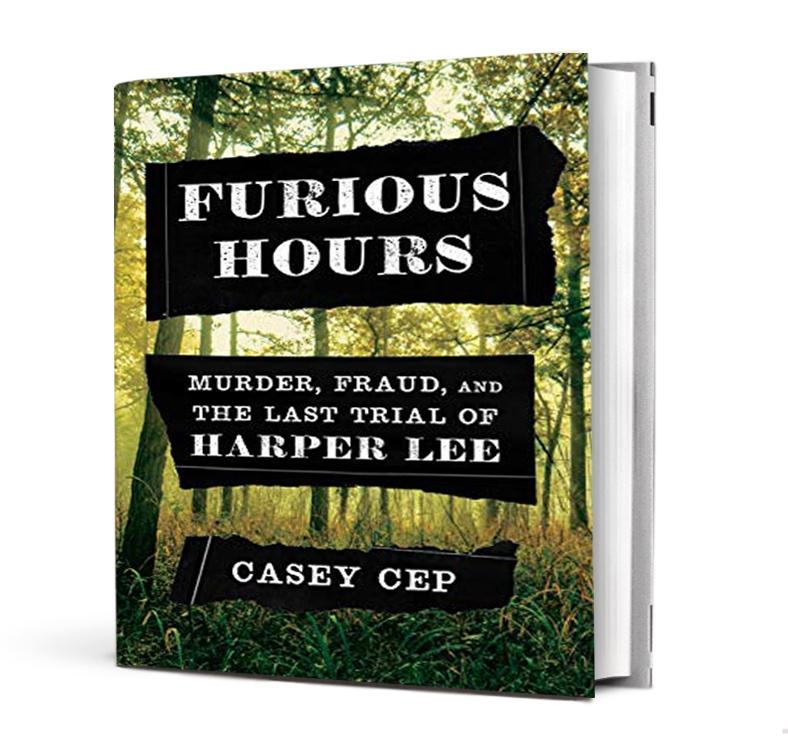Furious Hours: Murder, Fraud, and the Last Trial of Harper Lee by Casey Cep (Knopf) is actually two parallel stories: One about a real-life 1970s murder mystery, and the other about a beloved author’s frustrated dream to write her own version of her friend Truman Capote’s “In Cold Blood.”
Lee was uncomfortable with Capote’s “nonfiction novel,” written in a pioneering style that blended journalistic facts with dramatic storytelling features, typically seen in fiction. That style is now a storytelling staple known as narrative nonfition or creative journalism. However, back in the early 1960s, Capote had no rules, no standard, no allegiance to straight reporting … he was inventing something.

by Casey Cep (Knopf)
But Lee didn’t like the liberties Capote took with the facts for the sake of telling the grim story of a Kansas family’s 1959 massacre by a couple ex-con drifters who are ultimately captured and executed. She was determined to do the same thing, but better and more honestly, with the story of a black Vietnam vet in Alabama who shot the minister at a teenage girl’s funeral … a minister widely suspected of secretly murdering seven relatives for insurance money—including the young girl whose funeral he was officiating when he died.
Lee covered the trial. She tracked down witnesses, explored the time and place doggedly, and learned everyting she could about the main players. She wasn’t a crime newbie. She had helped Capote research “In Cold Blood,” even providing copious notes that made it possible.
But she couldn’t make this one happen. She was haunted by demons of her own: Crippling depression, alcoholism, volatile mood swings, writer’s block, even insecurity about how she could possibly correct Capote’s narrative wrongs. Ultimately, the idea was stillborn. The writer who had so beautifully rendered redemption, quiet heroes, and the intricate mysteries of race relations in the South couldn’t write this one.
(We don’t know, and might never know, if Lee ever wrote a single word of what she called “The Reverend,” or deemed an entire manuscript unworthy. When she died in 2016, her literary estate was sealed. But there have been hints that she typed something in “furious hours” in her little apartment on East 82nd in Manhattan.)
“Everyone told Harper Lee that the story she had found was destined to be a best seller,” Cep told the Washington Post recently. “But no one could tell her how to write it.”
Cep, though, has written a remarkable book about the great writer’s failed attempt, entangling her story with the complex accounts of the killer and the preacher, who many believed played opposite roles than the law alleged. For many, the killer was the good guy, and the preacher deserved his murder. (The killer served six months in an asylum and was freed forever.)
But this abortive project by one of our most respected writers still occupies a place in the evolution of American true-crime writing. It shows how difficult real crime storytelling can be. It even illustrates why the genre has splintered into two major styles, the reportorial, formulaic stories vs. the more challenging, less popular literary ones.
I am left with another question: Had Lee succeeded, might crime readers have seen more future books like “The Executioner’s Song” and “Midnight in the Garden of Evil,” and less of the exploitive stuff in supermarket checkout lines?
Cover image of Harper Lee’s signature by Ron Franscell
